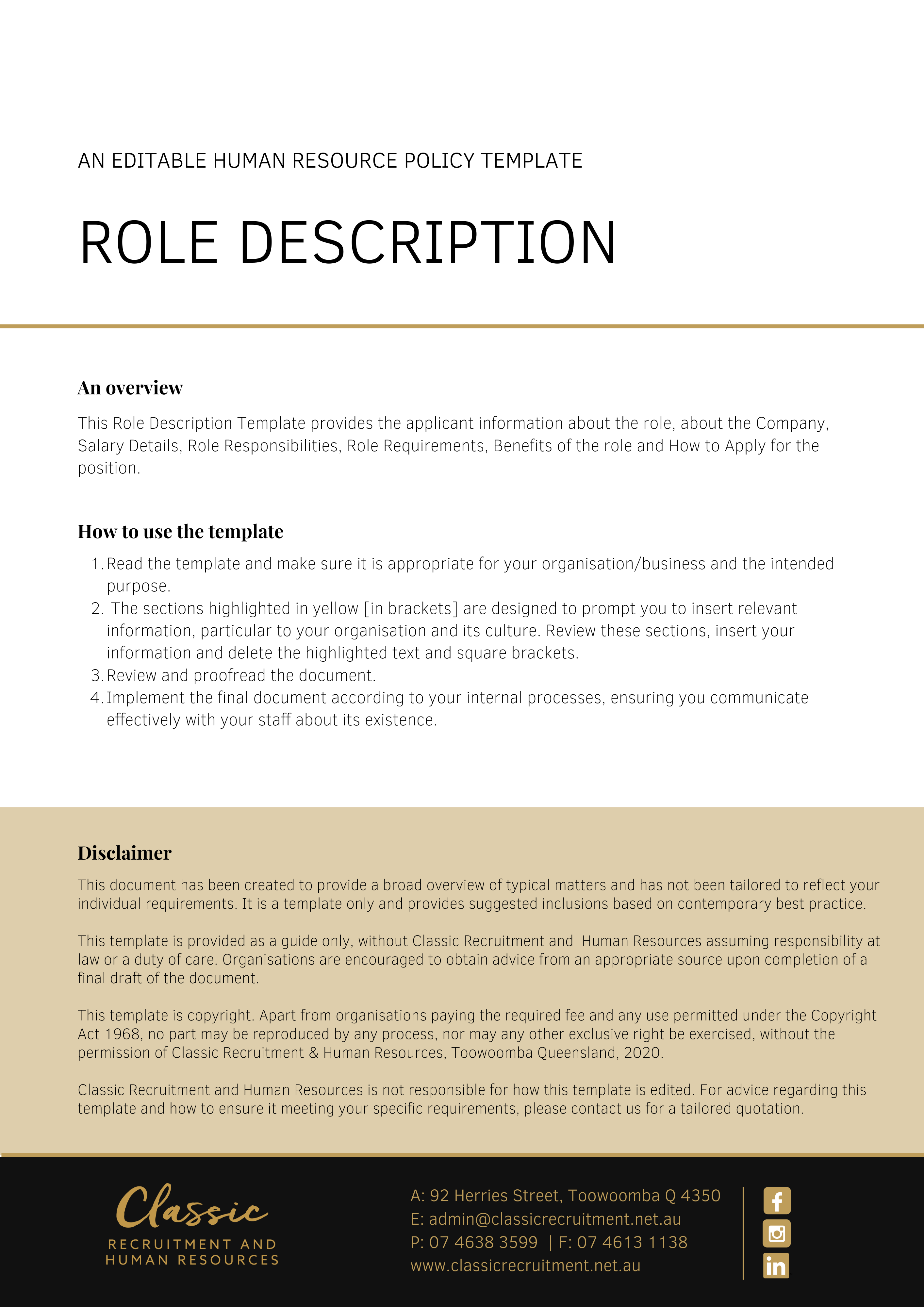Understanding the role in a team is essential for achieving success in both professional and personal environments. Teams rely on the unique contributions of each member to accomplish shared goals effectively. Whether you're part of a corporate team, a sports squad, or a community group, knowing your role ensures synergy and maximizes productivity. This article delves into the importance of roles within a team, offering actionable insights and practical advice.
In today's fast-paced world, teamwork has become a cornerstone of success. From small startups to multinational corporations, organizations depend on collaborative efforts to innovate and grow. However, without a clear understanding of individual roles, teams may face inefficiencies, misunderstandings, and even failure. This is why defining and embracing roles is critical for any team.
As we explore the concept of roles in a team, we'll uncover the different types of roles, their significance, and how they contribute to the overall success of a group. Whether you're a leader, a problem solver, or a coordinator, this article will help you identify your strengths and leverage them for the benefit of the team.
Read also:King's Wok Buffet Reviews
Defining the Role in a Team
A role in a team refers to the specific responsibilities and functions assigned to an individual within a group. These roles are designed to ensure that every member contributes effectively toward achieving common objectives. By understanding your role, you can align your efforts with the team's goals, fostering collaboration and enhancing performance.
According to a study by Harvard Business Review, teams with well-defined roles are 30% more productive than those without clear role assignments. This statistic highlights the importance of role clarity in driving team success. Teams that fail to define roles often experience confusion, overlapping responsibilities, and missed deadlines.
Types of Roles in a Team
There are several types of roles within a team, each playing a vital part in the group's dynamics. Below are some common roles:
- Leader: The person responsible for guiding the team and ensuring that goals are met.
- Problem Solver: The individual who identifies issues and develops solutions.
- Coordinator: The member who ensures smooth communication and collaboration among team members.
- Innovator: The creative thinker who generates new ideas and approaches.
- Implementer: The person who focuses on executing plans and ensuring tasks are completed.
Why Roles Are Important in a Team
Roles are crucial for maintaining structure and focus within a team. When each member understands their responsibilities, the team operates more efficiently. Moreover, defined roles help prevent conflicts by minimizing misunderstandings and overlapping tasks.
A report by McKinsey & Company emphasizes that teams with clearly defined roles experience higher levels of engagement and satisfaction. This is because team members feel valued and recognized for their unique contributions. As a result, morale improves, and productivity increases.
Benefits of Defined Roles
- Improved efficiency and productivity
- Reduced conflicts and misunderstandings
- Enhanced team cohesion and collaboration
- Increased individual accountability
How to Identify Your Role in a Team
Identifying your role in a team requires self-awareness and an understanding of your strengths and weaknesses. Start by assessing your skills, interests, and past experiences. Consider what you excel at and how you can contribute to the team's success.
Read also:Justin Herbert
Additionally, seek feedback from your teammates and leaders. They can provide valuable insights into your strengths and areas for improvement. By combining self-reflection with external feedback, you can pinpoint your role within the team accurately.
Tools for Role Identification
Several tools and frameworks can help you identify your role in a team:
- Belbin Team Roles: A model that identifies nine distinct team roles based on personality traits and behaviors.
- Myers-Briggs Type Indicator (MBTI): A personality assessment that helps determine how you interact with others and approach tasks.
- StrengthsFinder: A tool that identifies your top strengths and how they can be applied in a team setting.
Characteristics of an Effective Team Member
To fulfill your role effectively, you need to possess certain qualities that contribute to team success. These characteristics include communication skills, adaptability, accountability, and a willingness to collaborate.
Research from the University of Michigan shows that teams with members who exhibit these traits perform better and achieve higher levels of satisfaction. By cultivating these qualities, you can enhance your contribution to the team and inspire others to do the same.
Key Qualities of an Effective Team Member
- Strong communication skills
- Adaptability and flexibility
- Accountability and responsibility
- Willingness to collaborate and support others
Overcoming Challenges in Team Roles
While roles are essential for team success, they can also present challenges. Issues such as role ambiguity, resistance to change, and lack of trust can hinder team performance. To overcome these challenges, it's important to address them proactively and collaboratively.
A study published in the Journal of Organizational Behavior suggests that open communication and regular feedback can help resolve role-related issues. By fostering a culture of transparency and trust, teams can navigate challenges more effectively and achieve better outcomes.
Strategies for Addressing Role Challenges
- Encourage open communication and feedback
- Provide training and development opportunities
- Foster a culture of trust and collaboration
- Regularly review and adjust roles as needed
The Role of Leadership in Defining Team Roles
Leaders play a pivotal role in defining and assigning roles within a team. Effective leaders ensure that roles are clearly communicated and aligned with the team's goals. They also provide guidance and support to help team members fulfill their responsibilities.
According to a report by Gallup, teams with strong leadership are more likely to achieve success. Leaders who prioritize role clarity and support their team members create an environment conducive to growth and innovation.
Leadership Strategies for Defining Roles
- Conduct regular team meetings to discuss roles and responsibilities
- Provide training and resources to help team members develop their skills
- Encourage feedback and adapt roles as needed
- Recognize and reward team members for their contributions
Measuring the Impact of Roles in a Team
To assess the effectiveness of roles within a team, it's important to establish key performance indicators (KPIs) and regularly evaluate progress. This involves tracking metrics such as productivity, communication, and team satisfaction.
A study by Deloitte highlights the importance of measuring team performance to ensure continuous improvement. By analyzing data and gathering feedback, teams can identify areas for growth and make necessary adjustments.
Key Metrics for Evaluating Team Roles
- Productivity and task completion rates
- Communication effectiveness
- Team satisfaction and engagement
- Conflict resolution and collaboration
Conclusion
In conclusion, understanding and embracing your role in a team is vital for achieving success. By defining roles clearly, fostering effective communication, and cultivating key qualities, teams can operate more efficiently and achieve their goals. Whether you're a leader, a problem solver, or an implementer, your contribution matters and can make a significant impact.
We invite you to share your thoughts and experiences in the comments below. How do you define your role in a team? What strategies have you found effective in enhancing team performance? Don't forget to explore our other articles for more insights on teamwork and leadership.
Table of Contents


